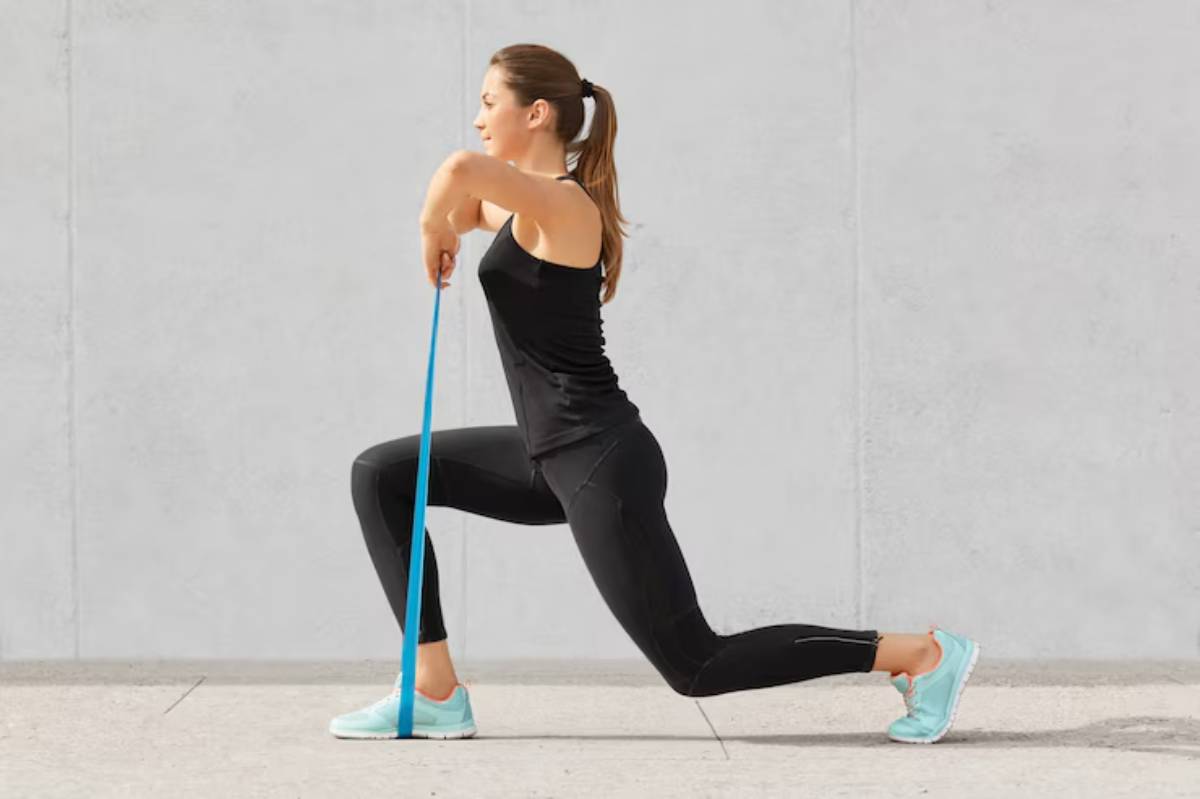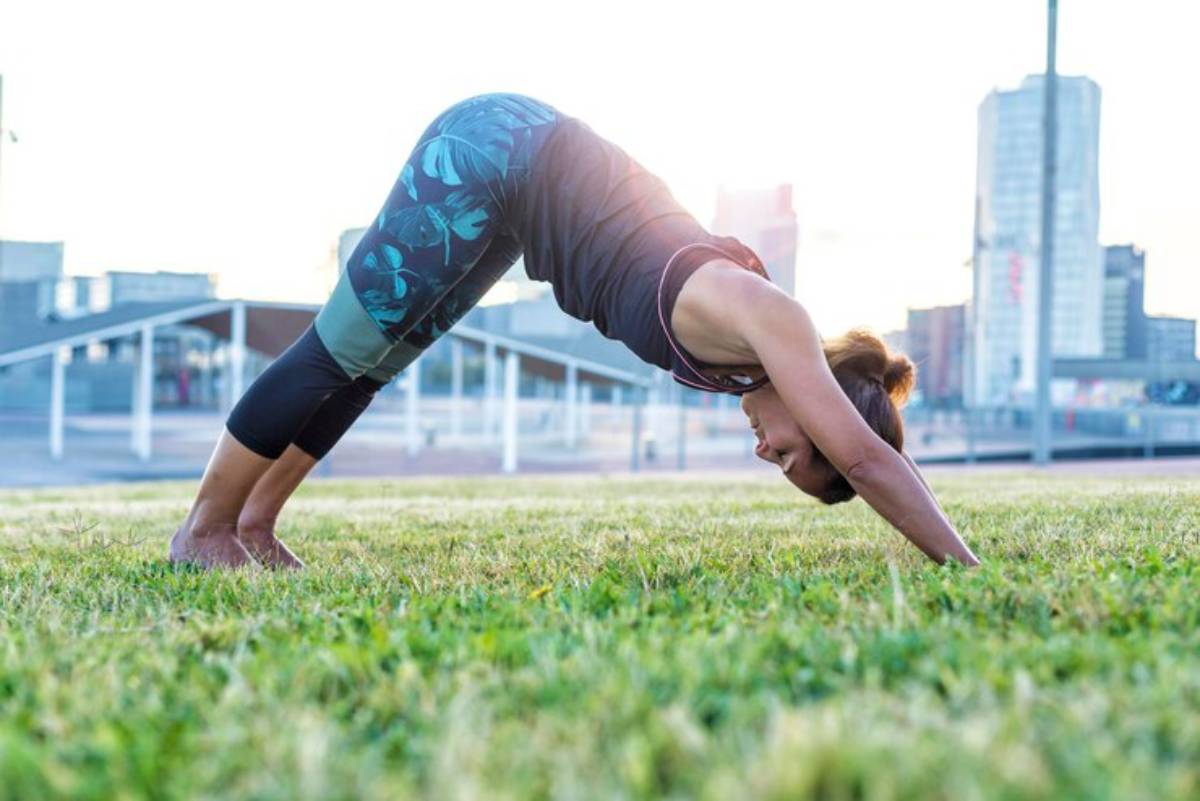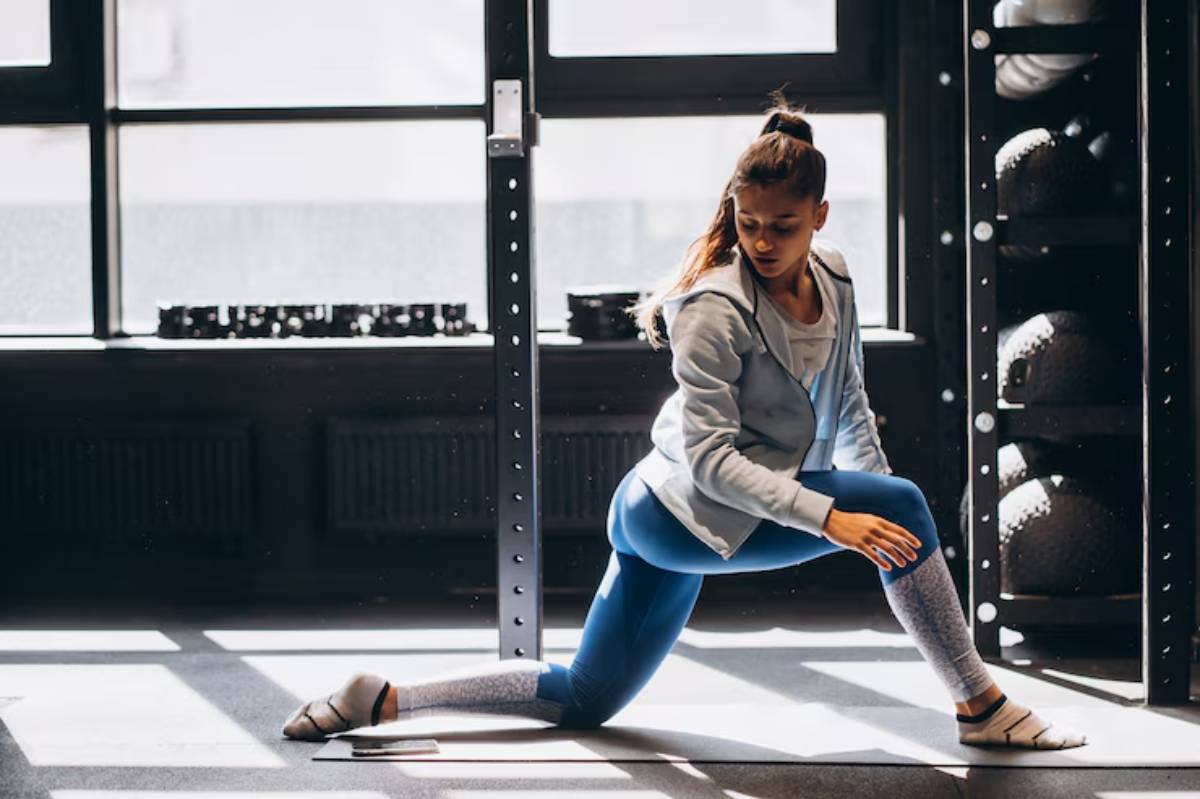
Upper Body Dynamic Warm-Up Routine
You’ve probably been there — you’re in a rush to hit your workout, so you skip the warm-up or throw in a couple of quick shoulder circles and call it a day. But if your goal is to build strength, stay injury-free, and move with power, especially through your upper body, that rushed approach won’t cut it. Whether you’re prepping for pressing, pulling, or pushing, how you prime your muscles and joints matters.
A well-structured upper body dynamic warm-up doesn’t just “loosen you up”; it activates key muscle groups, boosts mobility, and wakes up your nervous system for performance. In this blog, we’ll explore why dynamic warm-ups work, what areas to target, and how to approach shoulder, arm, and chest mobility with intention. You’ll walk away with a clearer understanding of how to get more from your workouts — simply by starting smarter.
Why Dynamic Warm-Ups Trump Static Stretching
Static stretching might feel good, especially first thing in the morning, but it isn’t ideal as a warm-up before lifting or training. That’s because static stretches focus on elongating muscles and relaxing the nervous system — the opposite of what you want before physical exertion.
Dynamic warm-ups, on the other hand, involve controlled, movement-based exercises that mimic the activity you’re about to do. They increase blood flow, raise body temperature, and activate key muscles without compromising power or responsiveness.
Key benefits include:
- Improved shoulder, arm, and chest mobility
- Better joint lubrication and range of motion
- Reduced risk of muscle strains or tendon injuries
- More efficient neural activation for strength and control
Think of it as flipping the “on” switch — your body responds with improved readiness, and you move more fluidly from the very first rep.
Target Areas in an Upper Body Warm-Up
To create a balanced and effective routine, you’ll want to activate multiple joints and muscle groups, not just swing your arms a few times.

1. Shoulders: Mobilising Your Hinge Point
The shoulder joint is incredibly mobile but also notoriously unstable. Poor activation here can lead to everything from impingement issues to tendonitis. Focus on scapular stability, rotator cuff activation, and overhead range.
2. Arms: Preparing the Push and Pull Muscles
Your biceps and triceps support almost every upper-body motion. Dynamic activation helps boost muscle elasticity and reduces that stiff, tight feeling when lifting heavy.
3. Chest: Warming the Front Line of Motion
Chest mobility impacts your pressing mechanics and posture. Tight pecs can limit scapular retraction, leading to compensation elsewhere. Mobilising this area helps restore alignment and improve pressing depth.
Together, these zones form the powerhouse of your upper body mechanics. Skip them, and you’re leaving performance — and injury prevention — on the table.
Structuring an Effective Dynamic Warm-Up
Let’s break this into a three-phase approach for clarity and flow.
Phase 1: General Activation (2–3 minutes)
Get the heart rate up and blood flowing.
- Arm swings (horizontal and vertical)
- Jumping jacks
- Torso twists
- Shoulder rolls (forwards and backwards)
This phase signals your body that it’s time to move and primes the nervous system.
Phase 2: Mobility Drills for Upper Body Joints (4–6 minutes)
Here’s where we shift attention to targeted dynamic stretching and mobility.
Shoulder Mobility Drills
- Wall slides: Maintain contact between your arms and the wall, sliding upwards to engage the scapulae.
- Band dislocates: Using a resistance band, bring the arms overhead and around the body for full-range shoulder mobilisation.
- Scapular push-ups: These fire up the serratus anterior, crucial for shoulder stability.
Arm & Chest Mobility
- Dynamic pec stretch (doorway swings): Walk forward through a doorway while gently swinging arms back.
- Crossbody arm swings: Light swings across the chest to loosen up the pecs and shoulders.
- Triceps overhead extensions (with light band): A gentle, controlled way to activate the triceps and lat attachment points.

Phase 3: Neuromuscular Activation (3–5 minutes)
Get specific. Mimic the movements you’ll be doing in your session.
- Push-up to down-dog flow: Engages chest, triceps, shoulders, and spine.
- Band pull-aparts: Great for rear delts and scapular engagement.
- Single-arm band rows: Activate pulling mechanics and mid-back stabilisers.
By the end of this phase, your upper body should feel primed, responsive, and ready for more demanding loads.
Real-World Benefits: From Desk Job to Deadlift
Dynamic warm-ups are especially important if you spend a good portion of the day sitting or doing repetitive tasks. Hours hunched at a desk can create tight chest muscles, underactive scapular stabilisers, and limited thoracic mobility — all of which show up as compensation and pain in your workouts.
Imagine walking into a bench press session with rounded shoulders, stiff triceps, and dormant lats. Even if you’re strong, you’re stacking tension on dysfunction. Warming up correctly gives your body a chance to recalibrate.
That means:
- More pressing power
- Better movement control
- Fewer tweaks and setbacks
And it doesn’t just apply to gym-goers. If you’re engaging in sports, climbing, martial arts, or manual labour, a dynamic upper body warm-up can dramatically improve your joint resilience and postural alignment.
Common Mistakes to Avoid
Even with the best intentions, many lifters go wrong during their warm-up.
Here’s what to look out for:
- Rushing through reps: Quality trumps quantity. Don’t flail through arm circles and call it a warm-up.
- Neglecting opposing muscle groups: Warming up your chest? Don’t forget your back and rotator cuff — they balance your pressing.
- Sticking to the same warm-up regardless of the session: Tailor your dynamic routine to your training. Pull day? Prioritise posterior chain and scapular work.
- Using too much resistance too soon: This is a warm-up, not the main event. Bands should offer light resistance, not fatigue.
If you’re also working on full-body mobility and looking to refine your preparation, consider exploring a full-body dynamic warm-up structure to complement your upper body routine.
When Should You Do This Warm-Up?
This upper-body routine is best before any upper-body training session—whether you’re lifting weights, doing calisthenics, or entering a sport.
It can also serve as a mid-day mobility reset for desk workers or those experiencing shoulder tension from repetitive movements.
For best results:
- Perform the full routine 10–15 minutes before training
- Modify movements based on your unique limitations or goals
- Be consistent — warm-ups are only effective if done regularly
And remember, if recovery is your focus after an intense session, you might want to incorporate some cooldown strategies for improved post-training relief.
Conclusion: Don’t Skip the Start
It’s tempting to dive straight into your workout, especially on busy days or when you’re feeling fired up. But the time you spend warming up is never wasted — it’s an investment in performance, longevity, and overall joint health.
An upper body dynamic warm-up might only take 10–15 minutes, but the rewards are huge. Better mobility, enhanced mind-muscle connection, fewer injuries, and a much smoother start to any upper body session.
So the next time you’re tempted to go from “zero to barbell” in sixty seconds, pause. Run through your warm-up. Let your body wake up the right way. You’ll lift better, feel better, and last longer in the game.
Now it’s your turn — commit to warming up with purpose. Your shoulders, arms, and chest will thank you.


